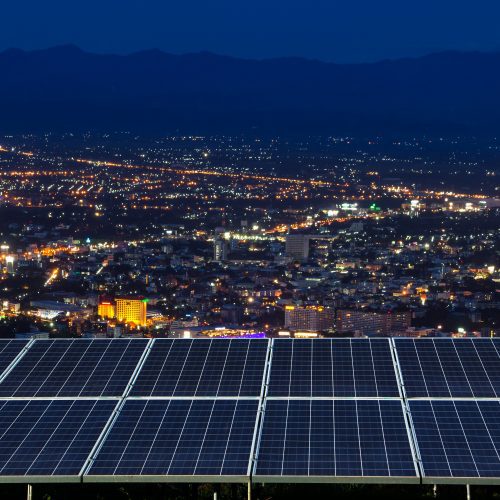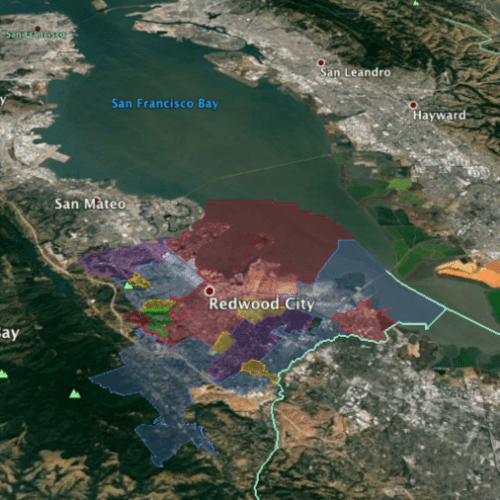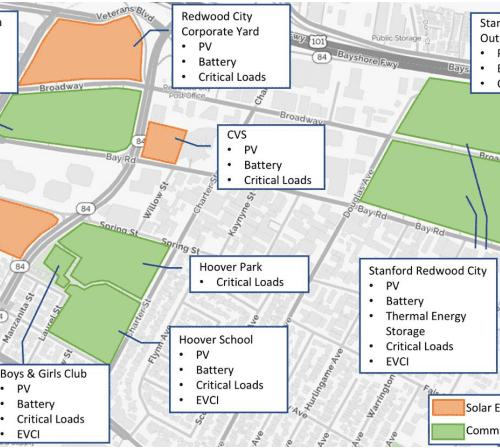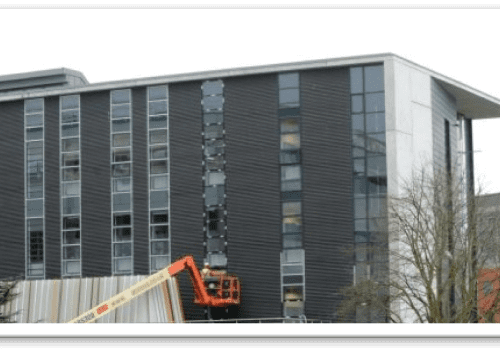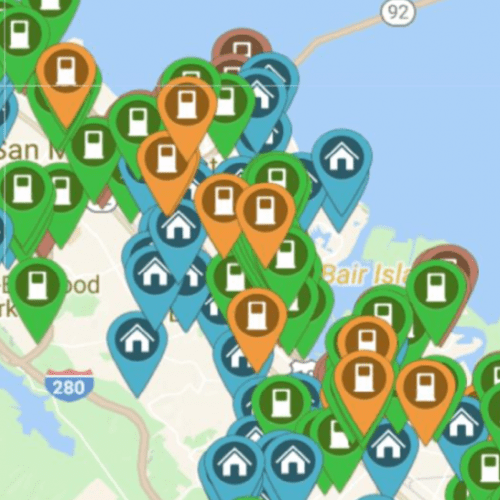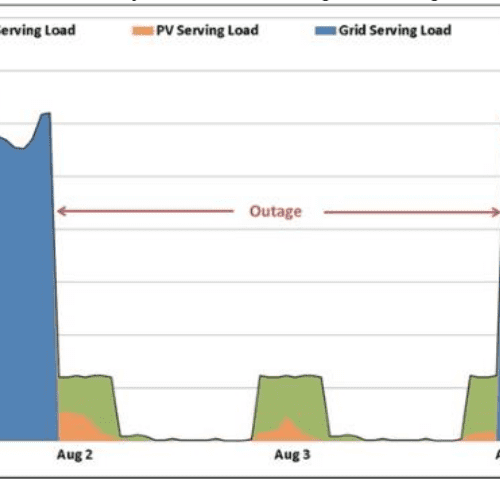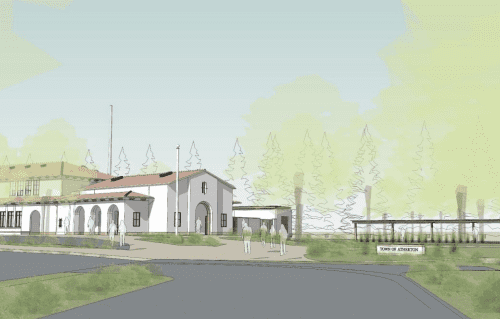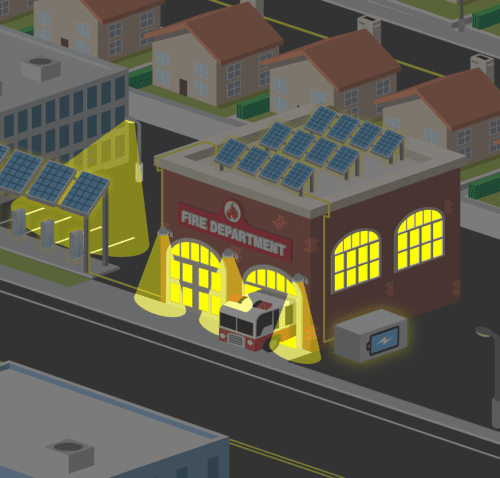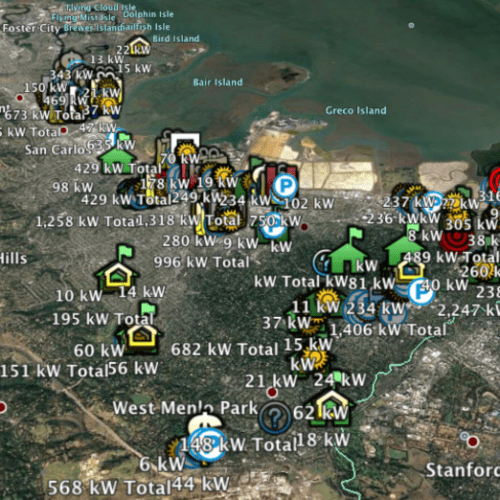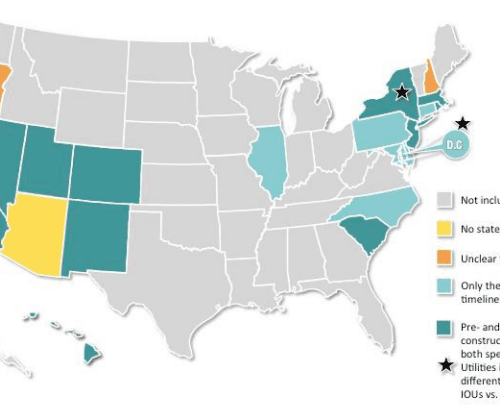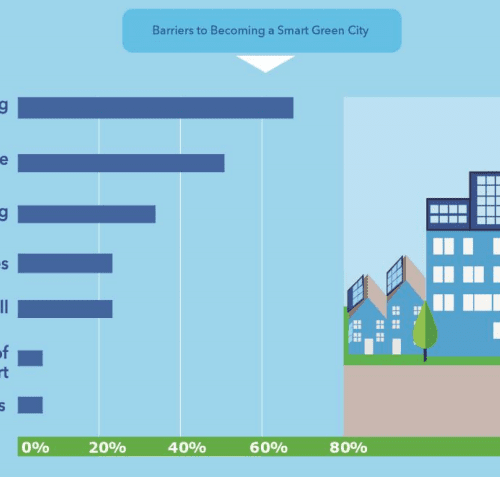PAEC showcased the benefits of an AEC, a replicable approach to modernizing the electric grid. AEC projects can provide significant energy, environmental, economic, resilience, and security benefits, but major barriers too often impede their planning and deployment. Finding viable sites, securing project financing, and connecting AEC projects to the grid all represent serious challenges.
The PAEC initiative was designed to overcome these barriers and establish a replicable model that can be used by other communities across California and beyond. PAEC results will inform future action by policymakers, municipalities, governmental agencies, utility executives, and other key stakeholders.


